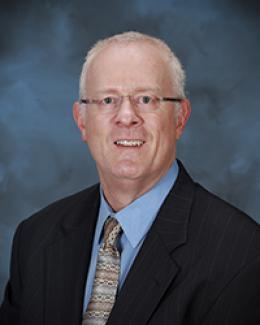Abstract
A new family of high surface area polyethylene fiber adsorbents (AF series) was recently developed at the Oak Ridge National Laboratory (ORNL). The AF series of were synthesized by radiation-induced graft polymerization of acrylonitrile and itaconic acid (at different monomer/co-monomer mol ratios) onto high surface area polyethylene fibers. The degree of grafting (%DOG) of AF series adsorbents was found to be 154 – 354%. The grafted nitrile groups were converted to amidoxime groups by treating with hydroxylamine. The amidoximated adsorbents were then conditioned with 0.44M KOH at 80ºC followed by screening at ORNL with simulated seawater spiked with 8 ppm uranium. Uranium adsorption capacity in simulated seawater screening ranged from 170-200 g-U/kg-ads irrespective of %DOG. A monomer/co-monomer mol ratio in the range of 7.57-10.14 seemed to be optimum for highest uranium loading capacity. Subsequently, the adsorbents were also tested with natural seawater at Pacific Northwest National Laboratory (PNNL) using flow-through exposure uptake experiments to determine uranium loading capacity with varying KOH conditioning time at 80ºC. The highest adsorption capacity of AF1 measured after 56 days of marine testing was demonstrated as 3.9 g-U/kg-adsorbent and 3.2 g-U/kg-adsorbent for 1hr and 3hrs of KOH conditioning at 80ºC, respectively. Based on capacity values of several AF1 samples, it was observed that changing KOH conditioning from 3hrs to 1hr at 80ºC resulted in 22-27% increase in uranium loading capacity in seawater.




